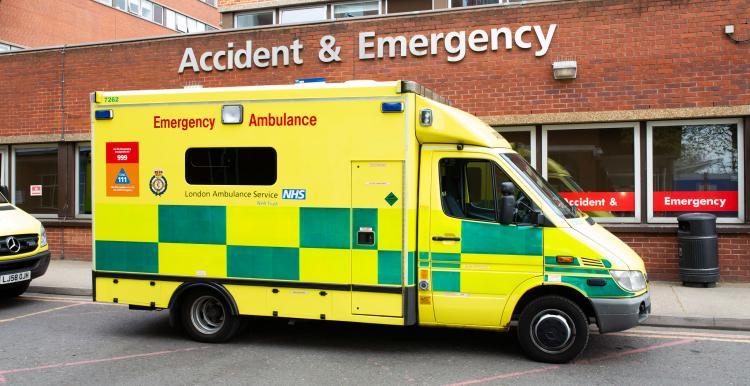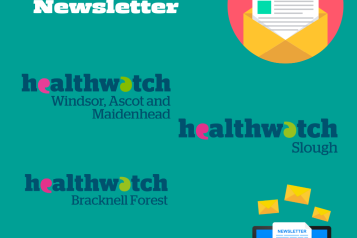Think you need to go to A&E? Learn how NHS 111 can help you

How does NHS 111 work?
If you have an urgent, but not life-threatening health problem you can now contact NHS 111 to find out if you need to go to A&E.
NHS 111 can book you an appointment at your local A&E or emergency department. This time will be a rough guide for when you will be seen. This allows the NHS to better manage patient flow and over crowding in the A&E. With the aim for people to be seen sooner.
Your NHS 111 advisor or clinician could also make you a direct appointment with a GP, Pharmacist or Urgent Treatment Centre. They may also be able to give you the advice you need without using another service.
What will this mean for you?
If your condition is not life-threatening, NHS 111 may direct you to a more appropriate service or one that can see you sooner. You may also be asked to wait at home until the emergency department is ready to see you, avoiding a long wait in A&E for you and helping to prevent overcrowding. If you need an urgent face-to-face assessment or treatment, NHS 111 should be able to arrange this immediately for you.
No one who turns up in A&E should be turned away or asked to call NHS 111.
How do you use NHS 111?
You, or someone on your behalf, can contact NHS 111 either online or by phone 24 hours a day, 7 days a week. The service is free to use, including from a mobile phone.
Call 111


